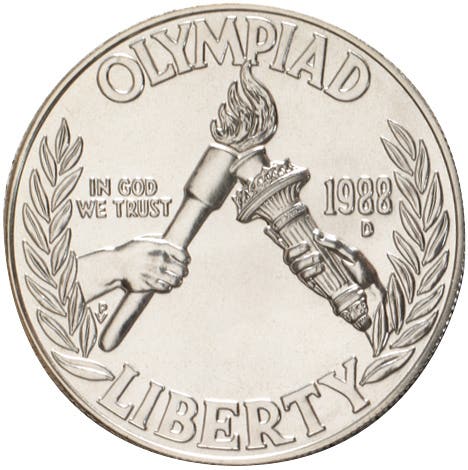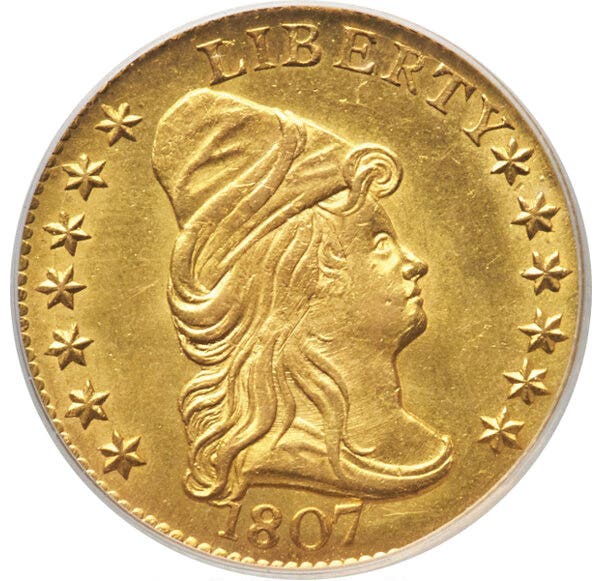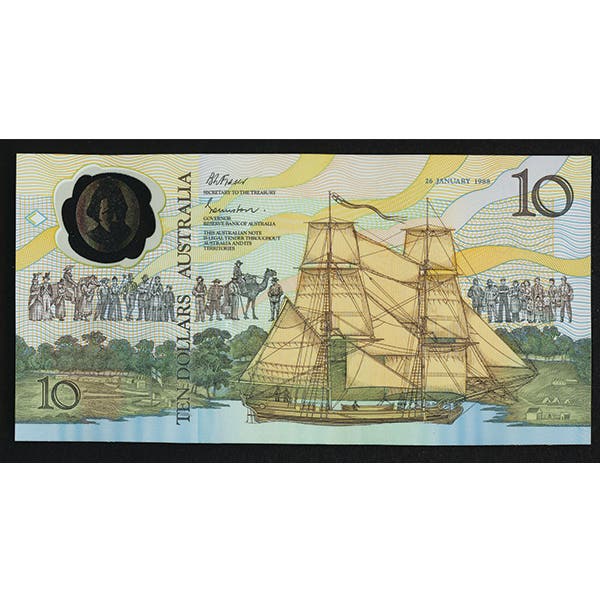Buy graded coins for safe investments
Even today after the incredible bull market of the past few years, many coins sell for a fraction of what they cost in the late 1980s.
I’ve been intrigued by coins and the market for them since I was a child. I grew up overseas and was exposed to world coins at a young age. I soon became interested in American issues, too. By age 10 I was a member of the American Numismatic Association, subscribed to hobby periodicals and was reading books by Q. David Bowers on the coin market. After metal prices exploded in 1980 and then declined rapidly, I began a long hiatus from collecting for reasons that had nothing to do with the price of gold or silver. I was a teen-ager and had other priorities.
About six years ago I began collecting again. When I first got back into it, I read as much as I could about how the hobby and market developed in the intervening years. On the one hand, I missed out on a lot of price appreciation over the years for coins like high-grade 19th century silver type coins or key dates. On the other hand, I avoided the market crash of the late 1980s when a lot of money was lost.
Even today after the incredible bull market of the past few years, many coins sell for a fraction of what they cost in the late 1980s. I think it is useful to study these trends and to try to discern which type of coins have fared best over time. Those are the coins worth collecting, or at least the ones most likely to continue appreciating.
A couple of years ago I had to sell part of my collection. I thought I had bought carefully and always researched a company’s reputation before doing business. When it was time to sell, I discovered that many of the classic collector coins I had purchased (Walkers, Morgans, Peace dollars, etc.) were overgraded, and I lost a substantial amount of money on those items. If the price of gold had not more than doubled during this period, I would have really been in trouble. Bear in mind that I had purchased the key grading guides and thought I knew how to grade, but the guides don’t provide very good guidance on how to grade uncirculated coins. It is much easier to grade circulated coins, which tend to have more clearly defined criteria.
For a little while I stopped buying after this chastening experience. But the collector bug in me brought me back. I decided to be even more careful this time about who I did business with, the price I paid and what coins I bought. I decided to buy more slabbed coins and fewer raw ones and to better focus my interests. I think it is very important to have a goal in mind when you collect and work towardsthat goal (such as having a complete type set). Otherwise, you end up with a hoard, not a collection.
More recently, I started submitting coins to the grading services. I’ve had a couple of pleasant surprises such as getting an MS-62 designation on a coin that was sold to me as an MS-60 (with a difference of about $200). However, a number of coins that I bought from reputable dealers that were sold to me as uncirculated or even as Gem BU came back as AU-55s or AU-58s. In one case I had a Morgan dollar that was supposed to be a DMPL that came back as genuine with altered surface. Presumably this coin was cleaned to make it look like a DMPL. I purchased it from a Midwest dealer with decades of experience that usually sends me fairly graded and priced coins. Fortunately, that dealer was willing to let me send the coin back for a full refund even though it was long past the return period.
I contacted the dealers who sold me the sliders and had similar conversations with both of them in which they told me grading is subjective, etc. One agreed to reimburse me for the cost of slabbing the coin, while the other offered to buy the overgraded coin back if I sent it back to him. I decided to keep the coin and do no more business with that company. I have also had to return quite a few coins over the years.
I have bought coins from many different companies and dealers through the mail and in person. From my experience even otherwise honest dealers try to slip overgraded coins in from time to time, and we collectors need to watch coin dealers like hawks. I have rarely had to return a slabbed coin and have had very good experiences on eBay, where I am very careful about whom I buy from. I also only buy slabbed coins on eBay and carefully study the coin photos, the dealer’s background and feedback and I verify the certification numbers. These are not fool-proof methods, but they help a lot. You would be amazed at the number of times I have found that a simple check of the certification number showed that the coin for sale is not what it was purported to be.
I realize that publications like this one need lots of advertising to stay in business, but quite frankly I am appalled by the fact that they seem to allow virtually anyone to run an advertisement. I think that is a huge problem for the collecting community.
Many cleaned and slider coins have virtually no resale value. If you have collected for years and haven’t sold anything, you really should try selling a few pieces. It’s the only way to learn how the coin market really works.
Overall, I prefer older, classic American coins to modern ones, although the Mint has produced some interesting issues in recent years such as the 20th anniversary silver and gold Eagles and the Lincoln anniversary pennies. But older American type coins in slabs are generally very expensive, so I mostly buy raw type coins.
If you invest a substantial amount of money on coins, you really should try to stick mostly to graded pieces that are solid for the grade. Otherwise, you could be in for a rude shock when it’s time to sell.
I think the coin market has shown impressive resiliency during the economic crisis of the past two years. Some higher end coins have declined in price, which has presented some attractive buying opportunities, but overall prices have held up surprisingly well. But the market and the hobby also face some other key challenges, which include the onslaught of counterfeit coins from China (including slabbed ones) and the policies of the U.S. Mint.
The Mint has alienated a lot of collectors with its questionable decision to forgo production of proof and burnished silver Eagles and other products. Continuity of series may not be our God-given right as Americans (the Mint obviously has higher priorities), but it sure would improve the Mint’s image among collectors. The Mint also has an annoying habit of destroying the secondary market for many issues by selling one year’s issues well into the next year. And as often discussed in these pages, it saturates the market with products and insists on issuing every coin in every conceivable type of packaging.
I think the burnished gold and silver coins are excellent products and disagree with Dave Harper’s suggestion that the Mint stop producing them. Many of them have very small mintages and have experienced dramatic price appreciation. Just look at the fractional Buffaloes the Mint foolishly decided to stop issuing last year. Prices for those coins are going up every week. They have increased so much and so quickly that I am concerned that “a Buffalo bubble” may be forming that could result in some price adjustments. But I still feel that years from now these coins will command impressive prices.
And needless to say, the Mint really needs to do something about its Web site and customer service problems.
Numismatic News does an excellent job covering the hobby and the market. It also provides an important forum for collectors and investors to share information with each other (through letters to the editor, the Web site blogs and by regularly soliciting the views of its readers).
I would enjoy seeing more articles on the intricacies of grading different series and on trends in the market. I enjoy the monthly price guide, Coin Market, and am grateful that Harry Miller uses more realistic values than many other retail price guides that seem to inflate values for most series.
However, I do not understand why some values that are so obviously incorrect never seem to get corrected. He continues to list prices for common Coronet or Liberty half eagles ($5 gold coins) that are clearly too low. The prices for common VF-BU coins are lower than their melt value. At $1,016 for an ounce of gold (which is listed as the spot basis in the October issue) the melt value of a Liberty eagle (which has a net gold weight of .24187 ounces) is $245. But he lists the VF-BU coins between $226 and $235. The MS-63 coins are listed for $730. Try buying a properly graded or slabbed MS-63 for under $850.
Louis Golino is a collector from Rockville, Md.
Viewpoint is a forum for the expression of opinion on a variety of numismatic subjects. The opinions expressed here are not necessarily those of Numismatic News.
To have your opinion considered for Viewpoint, write to David C. Harper, Editor, Numismatic News, 700 E. State St., Iola, WI 54990. Send e-mail to david.harper@fwmedia.com.









